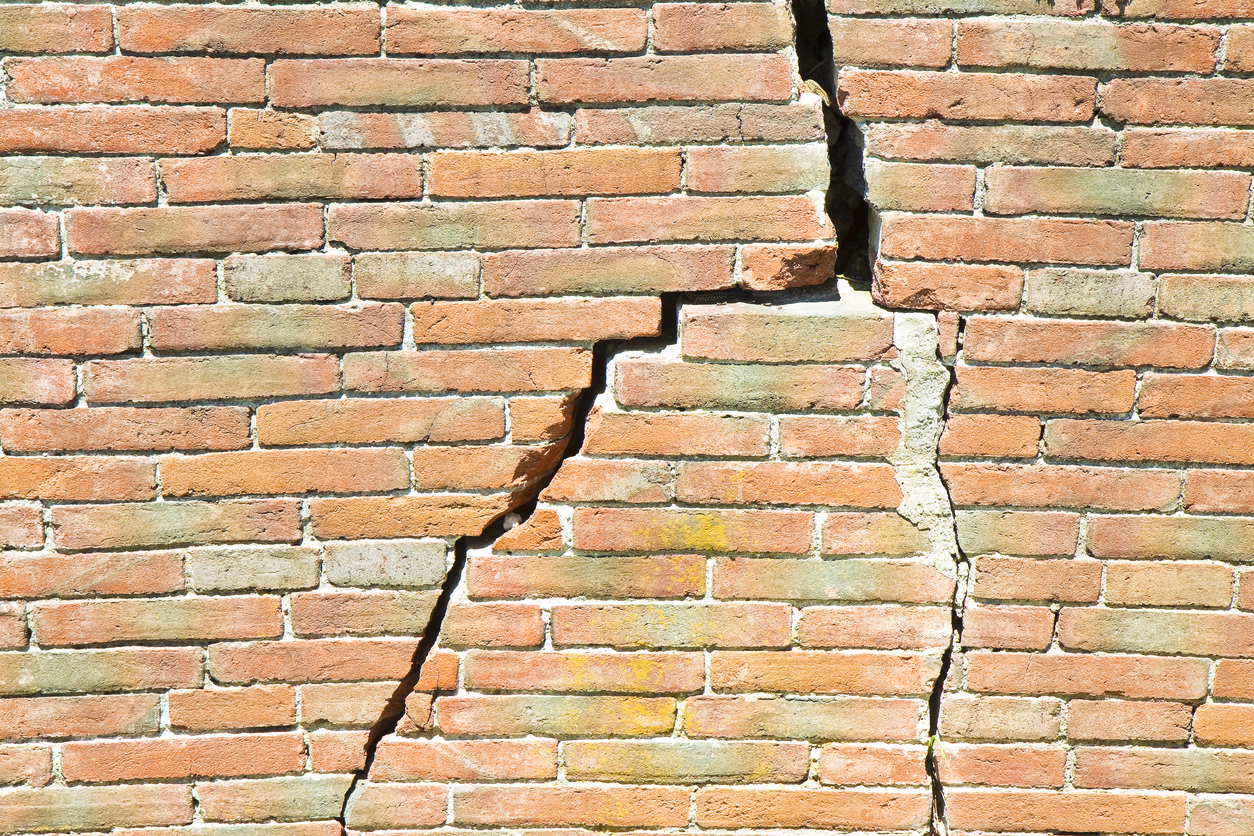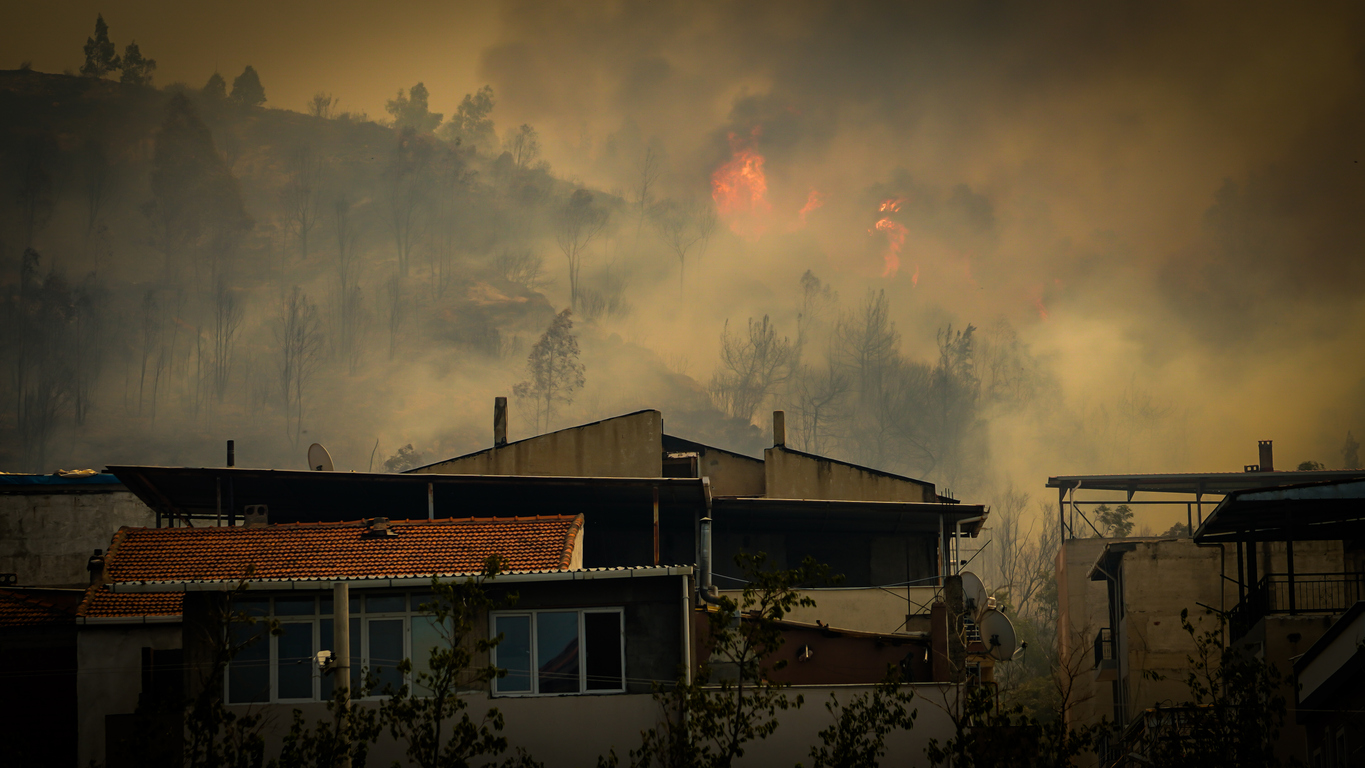In a recent case,1 a Pennsylvania federal court ruled the earth movement exclusion within an insurance policy was not limited to natural causes but applied to damage by human causes as well. In that case, an insured’s commercial building sustained damage due to its neighbor storing wooden railroad ties on its property and laying them against the insured’s building. This caused the soil beneath the insured’s property to shift, resulting in significant structural damage to the insured’s building in the form of a bowed exterior block wall.
The insured filed a claim with its property insurer to cover the damage to its building. The insurer denied coverage, primarily relying on the earth movement exclusion in the insurance policy. In pertinent part, the earth movement exclusion provided:
We do not insure under any coverage for any loss which would not have occurred in the absence of one or more of the following excluded events. We do not insure for such loss regardless of: (a) the cause of the excluded event; or (b) other causes of the loss; or (c) whether other causes acted concurrently or in any sequence with the excluded event to produce the loss; or (d) whether the event occurs suddenly or gradually, involves isolated or widespread damage, arises from natural or external forces, or occurs as a result of any combination of these: …
b. Earth Movement …
(4) Earth sinking (other than “sinkhole collapse”), rising or shifting, whether combined with water or not, including soil conditions which cause settling, cracking or other disarrangement of foundations or other parts of realty. Soil conditions include contraction, expansion, freezing, thawing, erosion, the action of water or any other natural forces; or improper compaction, site selection, excavation, retention, stabilization or any other external forces.
The insured did not dispute that the storage of the neighbor’s wooden railroad ties against its building created the wall movement and damage to its building. However, the insured maintained that the earth movement exclusion did not bar coverage for “manmade” causes of damage (like wooden railroad ties). The insured also claimed the earth movement exclusion was ambiguous and should, therefore, be read in favor of coverage. In contrast, the insurer argued the earth movement exclusion applied since the damage was due to shifting soil conditions caused by an external force, namely, the placement of railroad ties on the soil and against the insured’s building.
The court tasked with interpreting the insurance policy found the earth movement exclusion unambiguously barred coverage. The court noted that the lead-in clause to the earth movement exclusion was so broad and applied regardless of its causes being natural, manmade, or any combination of causes. Additionally, the court found that, even setting aside the lead-in clause, the text of the earth movement exclusion to include damage from “external forces” made clear that it was unambiguous to clearly include any external act, including human conduct.
___________________________________
1 Source Architechnology Sys., Inc. v. State Farm Fire & Cas. Co., No. 2:19-CV-376, 2020 WL 4274291 (W.D. Pa. July 24, 2020).





